President's Message - September 2004
Technology in the Classroom

GORDON COOKE
gordonbcooke@gmail.com
Just so you know it is me writing this column and not some hired gun, I'm going to talk about technology in the classroom. You know that is one of my favourite topics.
One of the articles in this year's NCTM annual yearbook is titled 'Teaching Mathematics with Technology: An Evidence based Road Map". It offers the following model for the growth and development of an individual teacher's use of technology. It is the Play, Use, Recommend, Incorporate and Assess model. (PURIA, not like the dog chow.)
Let's take the familiar example of The Geometer's Sketchpad. When you first met it, didn't you Play with it? The cool factor was high here as you found ways to duplicate constructions that you used to do with compass and ruler. Then you discovered the Animate button and sketches came alive. When you figured out how to construct a locus you were in a state of mild euphoria. Or, maybe that was just me. But you probably all experience the new technology in a setting without any predetermined goals.
Then you Used the software to create better graphics for your worksheets and tests. It became a tool to create objects that had the geometric properties you really wanted to illustrate. It lost the dynamic nature but your paper copies looked a heck of a lot more mathematical. You were putting your tool to a good use.
Next comes the Recommend or Regard in limited use stage. You share it with a colleague and talk about the possibilities it offers. Or a student comes to you not really understanding that "rectangle inscribes in a circle yielding a maximum area" problem. You see the software as the perfect way for this problem to come alive. This is the beginning of the tool becoming communal property rather than just yours.
Now you are ready to Integrate the software into a class setting. There were lots of supports written into the new text books and lots of web sites with ideas. This phase may last for a considerable time and have lots of dimensions to it as you find new ways to use the tool for more than just locating the centroid of a triangle. Your thinking now moves to how to use the tool to improve student learning. This is the Assess mode whereby you are thinking of how student learning has changed in the presence of the new technology. You can design your own activities which incorporate the tool in purposeful ways.
Here in Ontario we are promoting the SWIMMM model in the classroom. Start With Immediately Manipulable Mathematical Models. When introducing a student to new technology, give them a rebuilt sketch or file to play with. Let them experience the "cool" factor. Think of Nathalie Sinclair's Mystery points (see the Sketch Mad site at http://hydra.educ.queensu.ca/sketchmad) or some of Judy Dussiaume's work which accompanies TIPS. A student's early experience can be just as rich as ours. Starting with a list of instructions on how to build a right angled triangle just doesn't cut it.
Finally I would like to offer my own interpretetation of an EQAO study which shows that student use of technology in grade 9 correlates strongly with higher achievement. When I offer this evidence to skeptics they frequently discount it citing other factors. Well I agree that there may be other factors and I think this is one of them: Teachers who integrate technology have had to learn how to use it well and teachers who are continually learning can't help but be better teachers.
Next Message:
Remediation

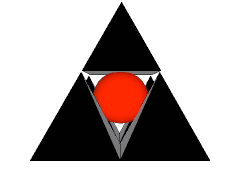







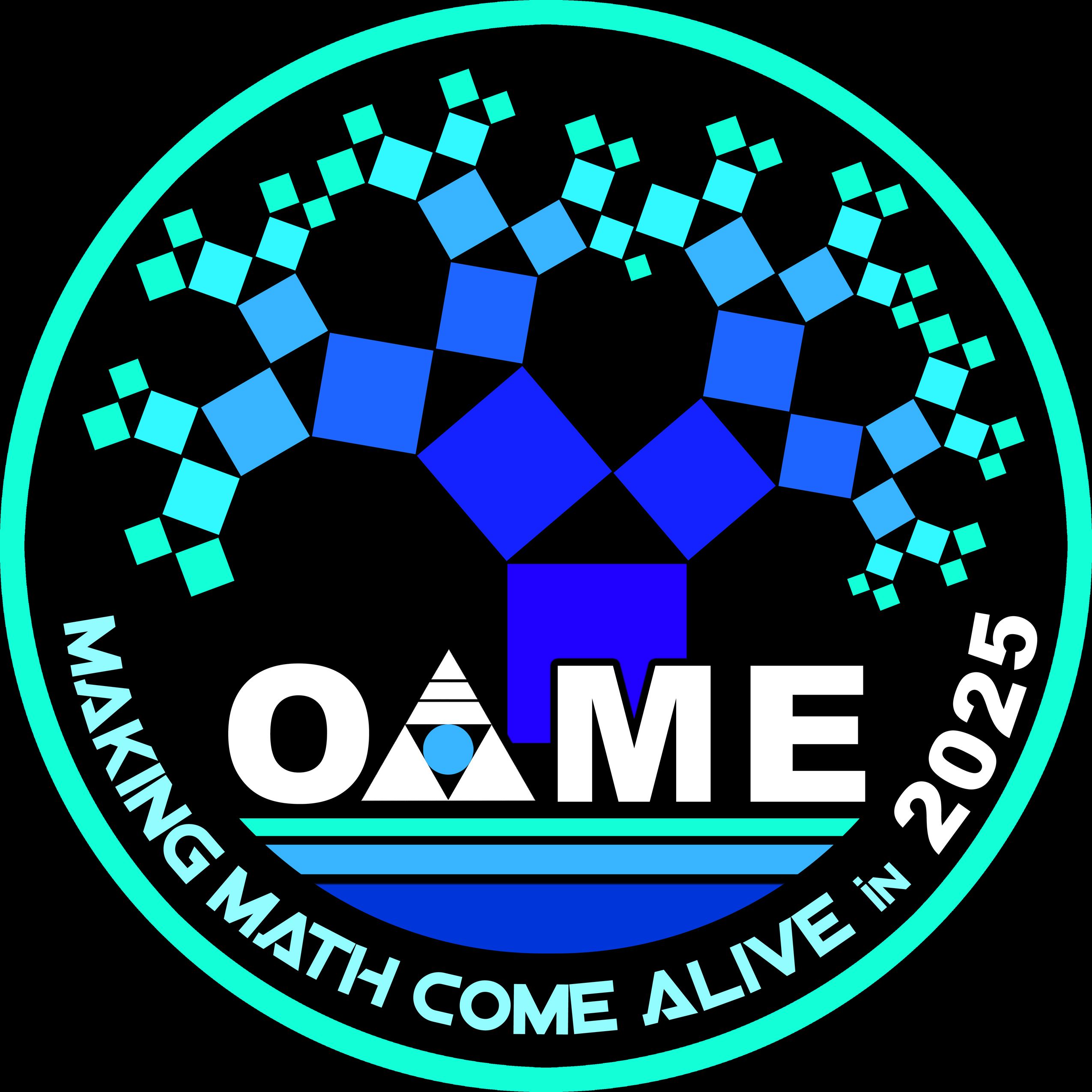
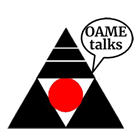
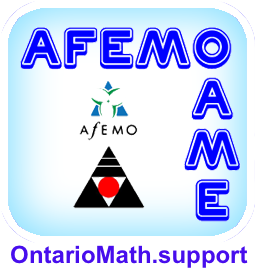
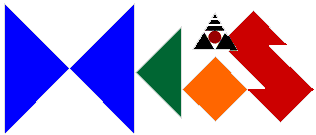





 Like us on FaceBook
Like us on FaceBook